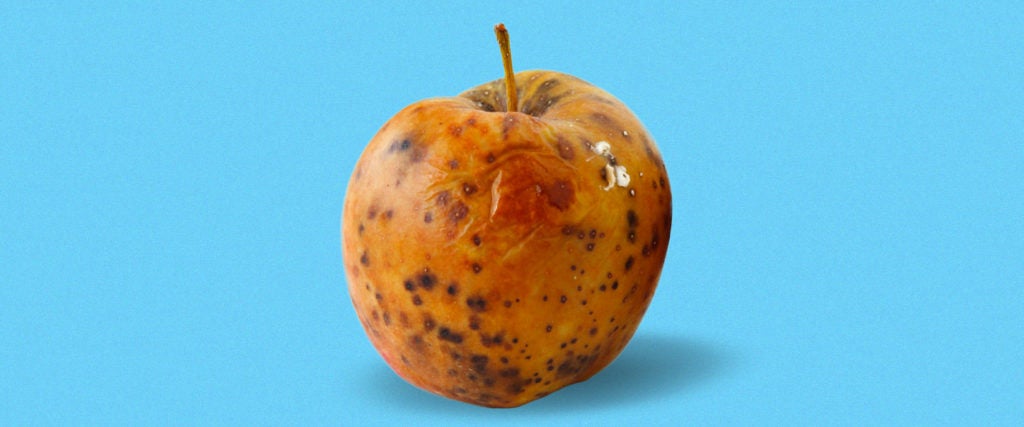What’s fun about the body is that it’s absolutely horrifying. You could have some underlying condition you didn’t know about at all until suddenly you wake up in a hospital bed, or conversely, you could develop a seemingly monstrous new symptom that has you sure you’re going to die when really, it’s harmless.
Angiokeratoma, or dark black-ish spots on your genitals, is fortunately one of the latter cases. One day your balls look normal, the next they’re covered in clusters of wart-like bumps. Sounds like it’s gotta be some terrifying sexually transmitted infection or cancer, right? Nah. It’s just one of those freaky things the body does to scare us for fun.
Angiokeratoma can technically occur anywhere on the body, but it’s particularly common for it to appear in the genital regions. According to Healthline, they often show up on the scrotum, vulva, labia majora and even on the penis itself, typically in clusters. When it occurs in these areas, it’s called Angiokeratoma of Fordyce. While they look like the type of moles that occur from sun exposure, produced by melanin-creating cells, the coloring of angiokeratoma doesn’t actually come from melanin. Instead, they’re created by blood. Again, that probably sounds a lot scarier than it is, but it’s totally harmless, unlike actual moles that can become cancerous.
Angiokeratoma is the result of the dilation of blood vessels close to the skin’s surface, leading to the visible pooling of blood. Depending on how long it’s been there, they can be reddish like fresh blood, or nearly a shade of black once they’ve aged. While it’s possible for them to become irritated or bleed if scratched, they otherwise shouldn’t cause any symptoms.
These spots usually just happen for no reason at all, though having hemorrhoids, irritable bowel syndrome and chronic constipation can make you more likely to get them. Beyond that, there is one rare condition called Fabry disease in which Angiokeratoma is a common side effect. This is a genetic disorder impacting about one in 40,000 to 60,000 men wherein the body can’t break down a certain type of fat, causing it to accumulate in the body. Other signs of FD include sharp pain in the hands and feet, not sweating enough, tinnitus, cloudiness in vision and gastrointestinal issues.
Unless you share most of these symptoms in addition to Angiokeratoma, the Angiokeratoma itself doesn’t need to be a cause for concern. It’s worth checking with your doctor just to be sure, though. If you hate having them, you can get them removed via laser or cryotherapy, as well as a technique called electrodesiccation and curettage in which they’re literally scraped off. If you’d rather avoid experiencing that, you’ll be totally fine just letting those spots chill on your balls forever.

